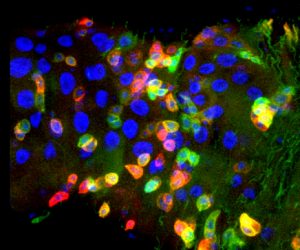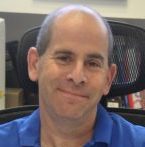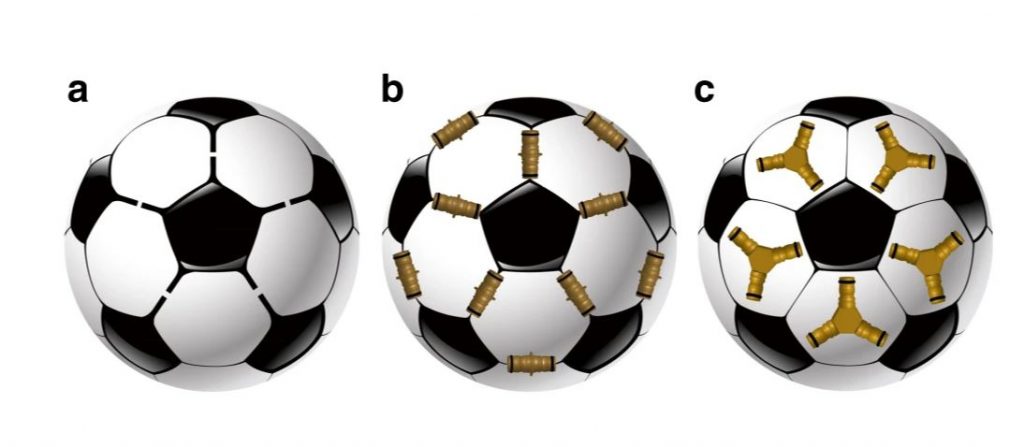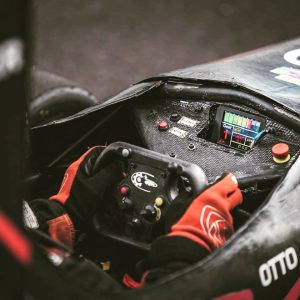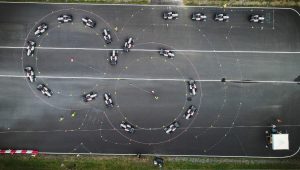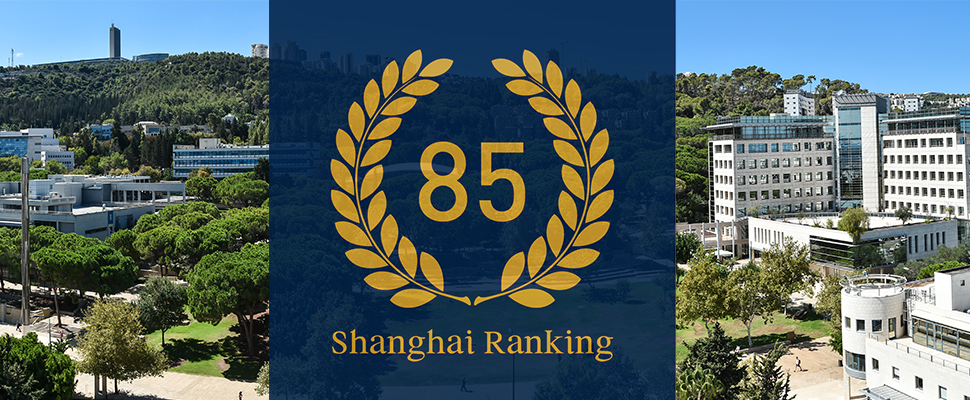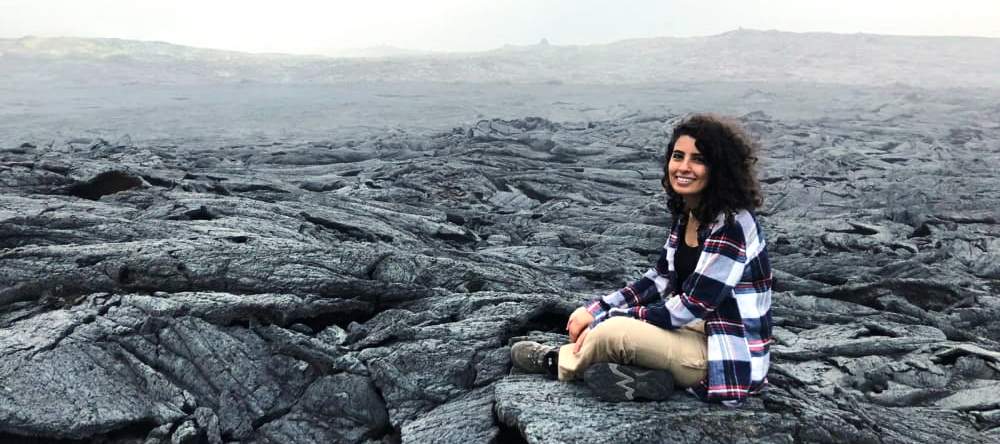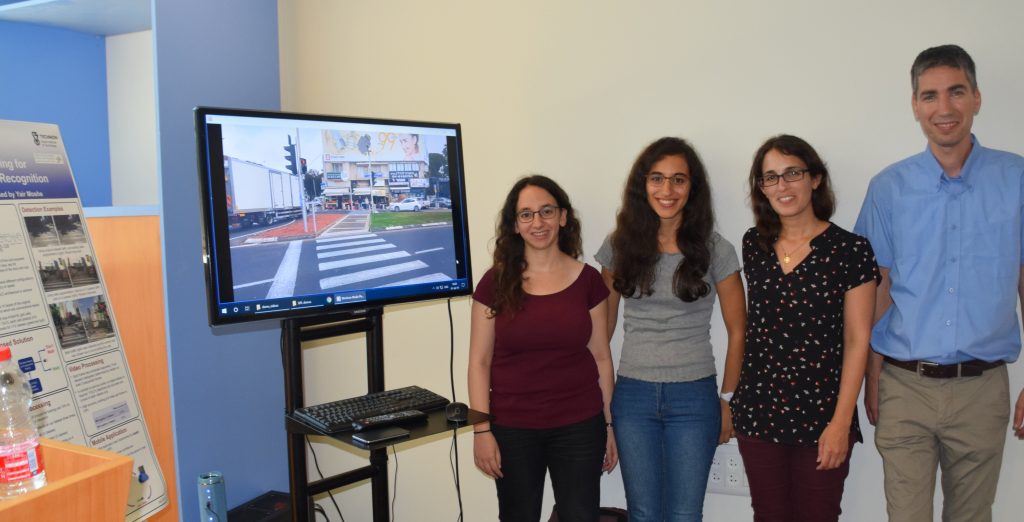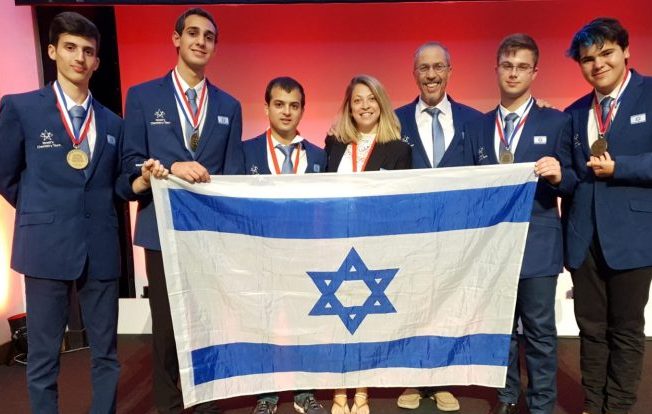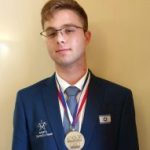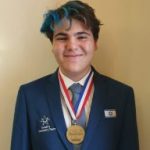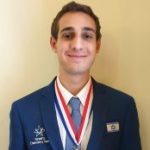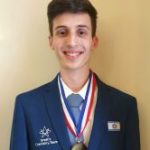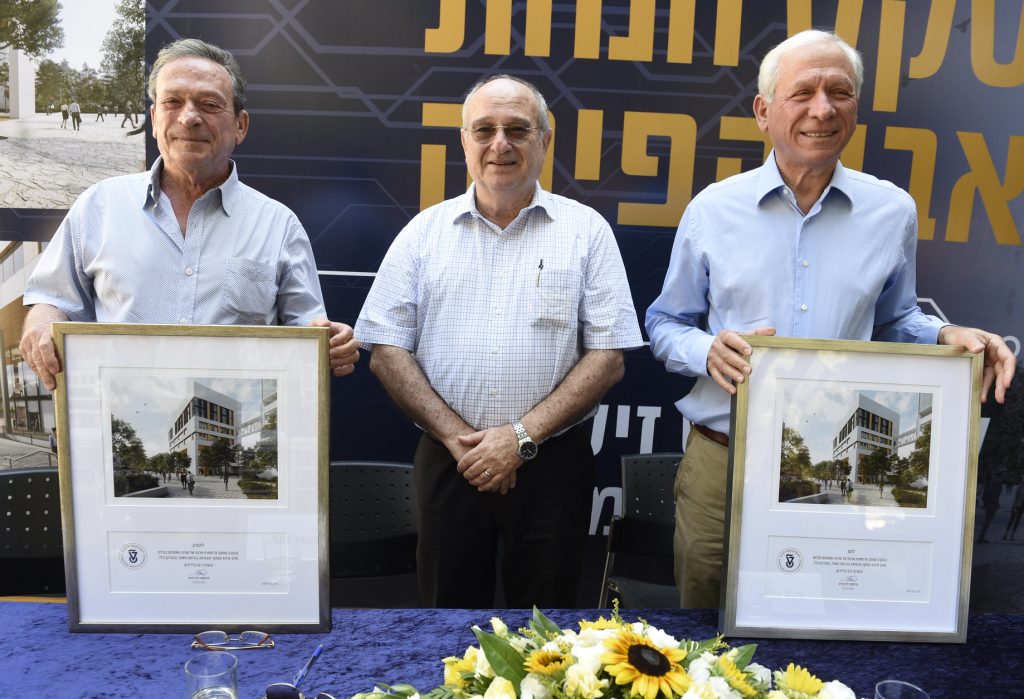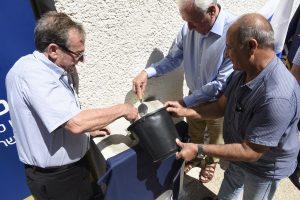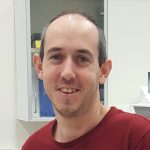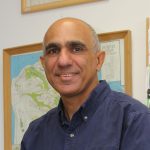Ultrasound-Responsive Nanoparticles Developed to Fight Pediatric Cancers
A new technology that uses ultrasound-responsive nanoparticles to kill a tumor by focused ultrasound has been developed by researchers in the Faculty of Materials Science and Engineering at the Technion – Israel Institute of Technology. The nanoparticles, which have been found to be especially effective in cells characteristic of pediatric cancers, are designed so that they enable the encapsulation and targeting of anti-cancer drugs in combined treatments.
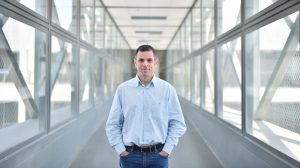
The researchers, Professor Alejandro Sosnik and master’s degree student Vladi Kushnirov-Melnitzer, verified the micro-structure of the platform in Themis – the advanced electron microscope (transmission electron microscope or TEM) installed at the MIKA Center of Technion.
The transport of drugs in the body is a medical challenge that has accelerated in recent years as a result of the integration of nanotechnology in this field. The basic idea is to encapsulate the intended drug within nanoscale particles that carry it to the damaged tissue, where it is discharged without a decline in critical concentration or damage to healthy tissues.
To realize this concept, the scientific community has to deal with a series of complicated challenges that include the synthesis of new nanometer particles that will both suit the drug and be of very controlled size, so that it fits the target body tissue. According to Prof. Sosnik, “these particles must exhibit some vital capabilities, including chemical resistance, stability in a biological environment, and biocompatibility – that is, the substance’s depletion after it is broken down in the body. In addition, each drug requires that the particles have other properties that are a big different, so it is necessary to have flexibility in the production of the particles.”
The uniqueness of the new nanometric particles developed in Prof. Sosnik’s lab lies in the integration of ceramic and polymer elements.
“In fact, these nanometric particles of titanium dioxide [TiO2] mixed with a polymer exhibit a combination of properties such as high physical stability and encapsulation of hydrophobic [water-repelling] drugs,” said Prof. Sosnik. “In addition, we have achieved precise control over the size of these particles in a very wide range of dimensions – from 26 to 230 nanometers – which are relevant to the accumulation of a wide variety of tissues and organs in the body such as a tumor.”
The researchers discovered that these particles are sensitive to ultrasound – a fact that gives them great significance in destroying cancer cells. For instance, a brief excitation of the particles by using therapeutic ultrasound causes the formation of molecules with very high oxidation abilities (reactive oxygen species) that kill all nearby cells. The study demonstrated the particles’ efficacy in the treatment of cancer cells characteristic of cancers in children.
The researchers’ clinical goal is the use of this innovative technology for the treatment of a wide variety of malignant tumors through initial targeting of particles to the cancer and the localized irradiation of the tumor with ultrasound. In this way, one can minimize the side effects of regular chemotherapy and localize the elimination of the tumor without damaging healthy cells.
The researchers also showed that the nanoscale particles can capture inside the hydrophobic drug nitazoxanide, which is used in the treatment of parasites and viral infections, mostly in children.
“This is the first time that titanium oxide nanoparticles have been used successfully to capture drugs at the synthesis stage,” said Sosnik. “We have already protected this invention in the US with a patent application for this technology, and we hope that the success of our experiments will lead to preclinical trials that will validate its therapeutic efficacy.”
The research was supported by the European Commission (FP7) and the Russell Berrie Nanotechnology Institute at the Technion (RBNI). The researchers thank Dr. Yaron Kaufman, head of the Technion’s Electron Microscopy Center, for his assistance in characterizing the particles in the Themis microscope.

